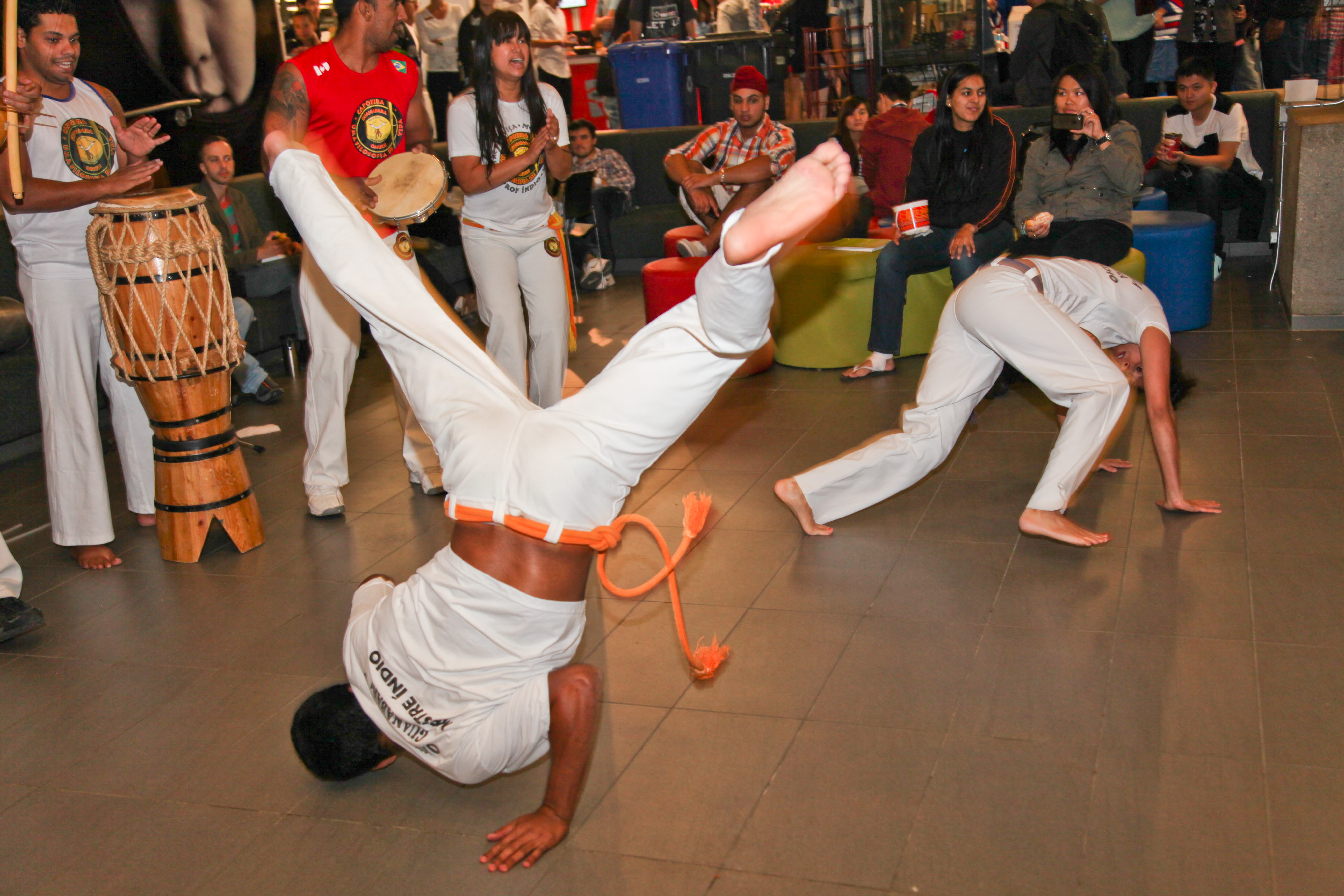The UMSU board of directors voted at its Jan. 11 board meeting to move toward the implementation of a ranked ballot voting system for general elections.
Motion 0588, which proposed adopting a ranked ballot voting system, was written and brought forward by student and former UMSU vice-president advocacy Victoria Romero. The motion was prompted by the former chief returning officer’s (CRO) recommendations that the governance committee “restructure the election” following last year’s results.
Last March, UMSU presidential candidate Justin Langan was disqualified the day before voting started, but his name remained on the ballot, and he received 22.1 per cent of the vote — 912 total votes.
Current union president Tracy Karuhogo defeated runner-up Victoria Romero by only 16 votes, prompting an almost four-hour long UMSU board meeting concerning a motion to hold a revote for the presidential election. The motion was eventually ruled out of order.
One suggestion that followed the election was ranked ballots, a system where voters rank candidates in order of preference. In the event that one candidate receives less than 50 per cent of the vote, the lowest scoring candidates are eliminated and second place votes are counted. The system is repeated until a candidate reaches 50 per cent.
Romero presented motion 0588 to the board at the most recent UMSU meeting, arguing it would make the union more “equitable and representative.” Later in the meeting, she said a ranked ballot system would still consider the preferences of voters who unknowingly vote for a disqualified candidate like Langan, as their other votes would still be counted.
The governance committee advised the board to vote against motion 0588. The committee’s chairperson Michael Prokipchuk argued that implementing a new voting system could create confusion and further reduce the already low turnout in UMSU elections. Last year’s election saw a turnout of only 22.8 per cent of undergraduate students.
Prokipchuk stated that, while the committee was not opposed to a ranked ballot system, it felt the time was not right to implement it.
He pointed out that UMSU’s CRO had already begun preparing for the next election — the nomination period of which opens in a matter of weeks — to be conducted using UMSU’s pre-existing first-past-the-post voting system. Prokipchuk argued that a new system could overwhelm the CRO and “effectively erase” their work up to this point.
Romero countered that the motion did not specify a timeline to implement the changes. She argued that “voters are already disengaged” and that ranked ballots would allow students to feel better represented, rather than being “forced to make a choice.” She also said it would demonstrate that UMSU was listening to students’ concerns.
Avery Groeneveld, the U of M Commerce Students’ Association (CSA) representative on UMSU’s board of directors, spoke in favour of the motion. Her association already uses ranked ballots in its elections.
Groeneveld told the Manitoban that CSA has “never had any issues” with voter turnout or explaining ranked ballots. She argued that since an “ongoing priority” for the union is increasing voter engagement, UMSU could include ranked ballot education as part of a general campaign to teach potential voters and increase turnout.
Ivan Nunez Gamez, Racial Equity Inclusion and Alliance co-president, served as governance committee chair during last year’s election. He said the votes for Langan being “essentially thrown out” underscored the need for reform to “ensure everyone feels heard” and avoid the perception that the winners of UMSU elections lack legitimacy.
He said he immediately thought of ranked ballots when tasked with restructuring the election and consulted the board about it, but lacked the time to enact reforms before his term was up.
The job was transferred to the following governance committee, which “was not keen on the idea” of continuing with ranked ballots, he said.
Romero told the Manitoban that she brought the motion forward because, initially, the governance committee rejected ranked ballots without allowing the board to vote on the idea, and she wanted to give its members the opportunity.
Although the motion did not specify any timeframe for the changes, Nunez-Gamez said it gives the board “a clear mandate” to implement ranked ballots and said he hoped to see them used as soon as “this election cycle or the next one.”





